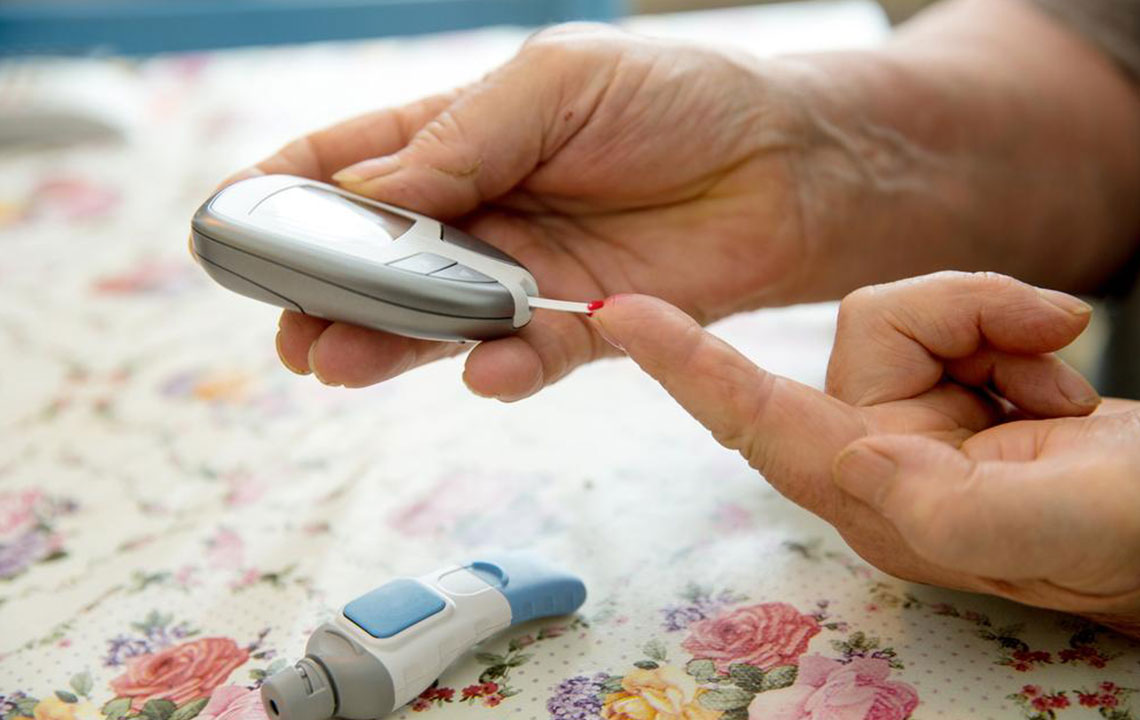Manage Your Diabetes Better With Normal Glucose Levels
Diabetes is a chronic metabolic disorder that leads to the normal blood sugar to rise over a period. It is caused by inadequate production of insulin by the pancreas. Diabetes also occurs when the body is unable to utilize the insulin produced. The body needs insulin to regulate the blood sugar levels. Normal blood sugar levels are affected whenever the production or use of insulin is affected. Globally, nearly 8.5% of the adult population has been diagnosed with diabetes annually.

What are normal blood sugar levels?
One of the essential things to do in the management of diabetes is to ensure that the blood sugar is within or close to the normal range. What is the normal blood sugar level? And how are normal blood sugar levels charts read?
You will find that blood sugar tests often use the terms “normal glucose levels” and “normal blood sugar levels.” The body breaks down every form of sugar into glucose. Thus, “sugar” and “glucose” mean the same. The normal blood sugar level is measured in milligrams of glucose per deciliter of blood. Blood sugar in normal range fluctuates through a day. Normal blood sugar range charts show three levels of blood sugar: fasting blood sugar (normal waking blood sugar), post-prandial blood sugar (normal blood sugar after meals), and HbA1c levels.
- Fasting blood sugar : This is the measure of glucose in the blood after a person fasts overnight. Also known as waking blood sugar, it is measured in the morning before the person has eaten anything for the day. Fasting blood sugar in the normal range is between 70 mg/dl and 100 mg/dl.
- Post-prandial blood sugar : This is the measure of glucose in the blood two hours after a meal. Post-prandial blood sugar in the normal range should be below 140 mg/dl. This is for a person without diabetes.
- HbA1c levels : HbA1c is short-form for hemoglobin A1c. This hemoglobin binds itself to glucose in the bloodstream. The HbA1c level should be between 4% and 5.6% for blood sugar in the normal range (for a non-diabetic person).
Normal blood sugar range for diabetics
The blood sugar ranges for diabetics is different from those of non-diabetics. The levels are high compared to blood sugar in the normal range.
- Fasting blood sugar : People with diabetes are recommended to have fasting sugar levels between 80 mg/dl and 130 mg/dl.
- Post-prandial blood sugar : For a diabetic person, normal blood sugar levels chart indicates post-prandial blood sugar to be below 180 mg/dl.
- HbA1c levels : HbA1c levels are average readings of glucose levels over a 2-month to 3-month period. The HbA1c levels indicate whether diabetes is being controlled properly or not. This test is done for both types of diabetes: type 1 and type 2. For a diabetic, HbA1c levels should be less than 7%.
The best way to manage diabetes is to trying to bring the blood sugar levels as close as possible to normal blood sugar level range. This will also prevent any complications of diabetes and not affect the nerves, eyes, and kidneys that may result due to extremely high glucose levels in the blood. Here are a few ways for diabetics to maintain their blood sugar level close to normal blood sugar ranges chart:
- Regularly check the blood sugar level : Patients with diabetes usually set up schedules to check their blood sugar levels. This can be done every three weeks, once a month, or once in three months. Apart from these scheduled tests, it can be useful to do spot checks of blood sugar level. This helps to adjust exercise and eating routines and gives a better way to control glucose levels.
- Learn to live with diabetes : Diabetes is a life-long health problem. Diabetics have to learn to live with the disease and figure out ways to cope. One of the worse triggers of increased blood sugar levels is stress. Another trigger is anxiety. To bring blood sugar close to the normal ranges, it is essential to learn to manage both these triggers. Picking up a hobby, exercising, socializing, and constantly communicating with your support system can help to lower stress and manage diabetes better.
- Watch out blood pressure and cholesterols levels: With high blood sugar level, blood pressure and cholesterol levels are affected. To be close to normal range of blood sugar, people with diabetes are recommended to maintain their blood pressure level below 140/90. Also, it is essential to lower LDL (or “bad”) cholesterol level. LDL cholesterol creates blockages in the blood vessels and increases the risk of stroke or heart attack.
Blood Sugar Normal Range, are normal blood sugar levels chart, blood sugar normal range, blood sugar normal ranges, normal blood sugar, normal blood sugar level, normal blood sugar level range, normal blood sugar levels chart, normal blood sugar range, normal blood sugar range chart, normal blood sugar range diabetics, normal blood sugar ranges, normal blood sugar ranges chart, normal glucose levels, normal range blood sugar, what are normal blood sugar levels, What is the Normal Blood Sugar Level




